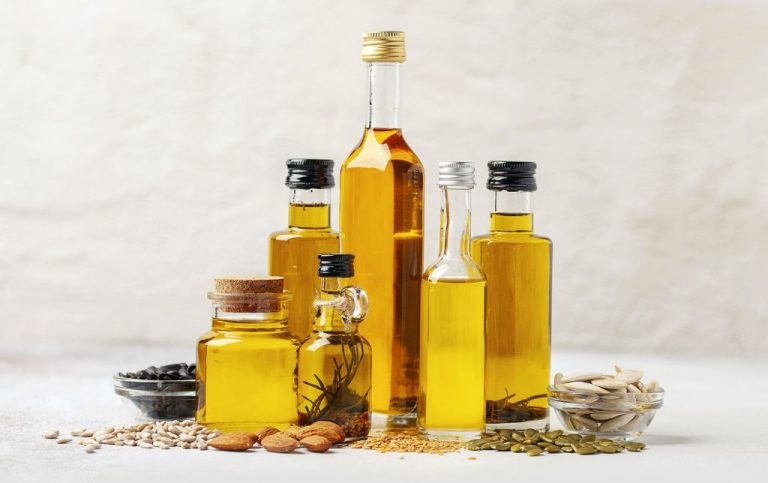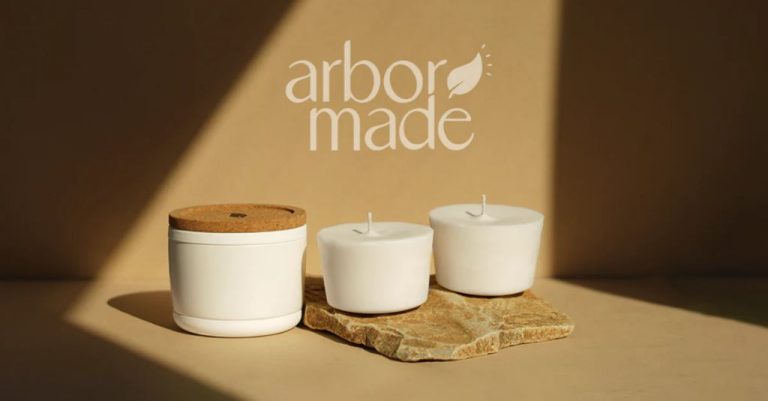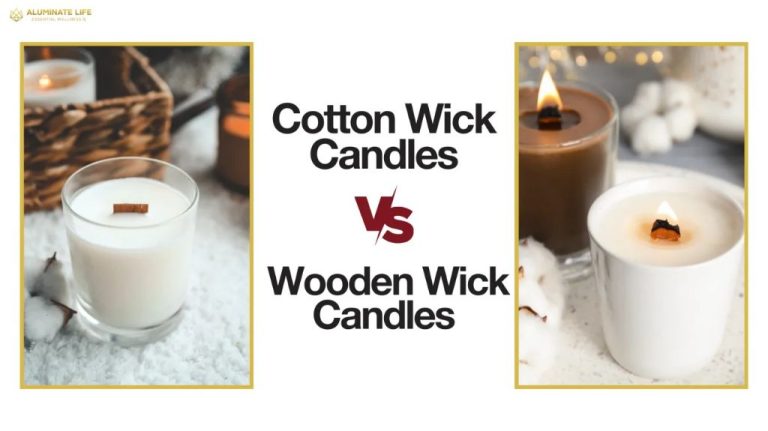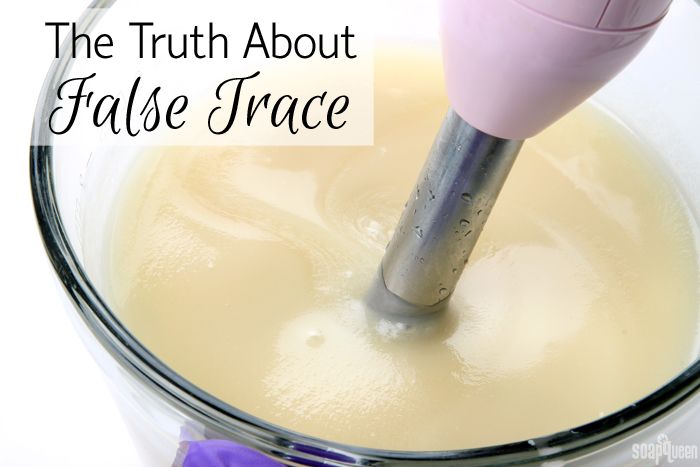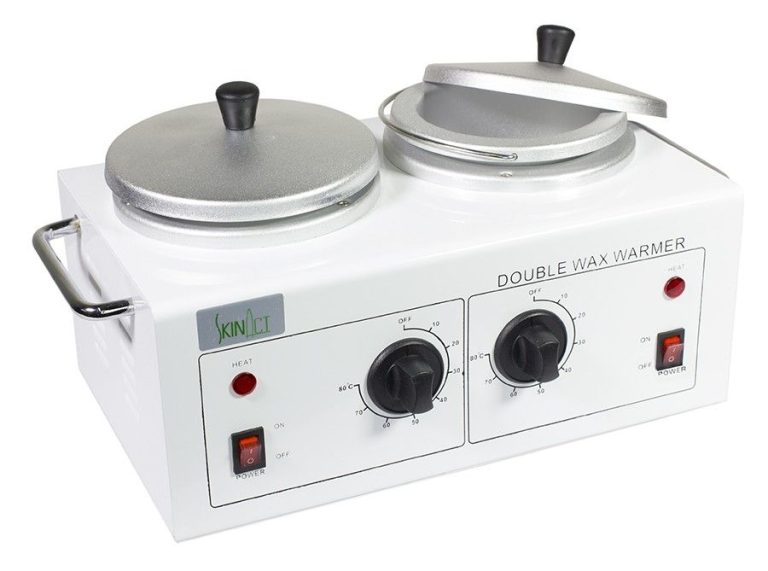Can You Use Fragrance Oils In Candles?
Fragrance oils are synthetic scented oils used to add aroma to products like candles, soaps, lotions, and more. They are artificially created in labs to mimic natural scents like fruits, flowers, herbs, and spices. Unlike essential oils which come directly from plants, fragrance oils allow candle makers to achieve consistent, reliable scents that hold up to the heating process of candle making.
The core role of fragrance oils in candle making is to provide pleasing aromas when the candle is burned. Without added fragrance, plain wax candles have little to no smell. Fragrance oils give candle makers the ability to create candles in any preferred scent, from floral jasmine to spiced pumpkin. They bind with the wax to release fragrance into the air when the wax pool is heated.
When used properly, high quality fragrance oils are generally safe and effective for aroma purposes in candles. However, care should be taken in selecting and adding the oils to avoid issues like fading, oil separation, or even toxic burning. With the right fragrance oils and procedures, candle makers can create wonderfully scented, aromatic candles in their desired fragrances.
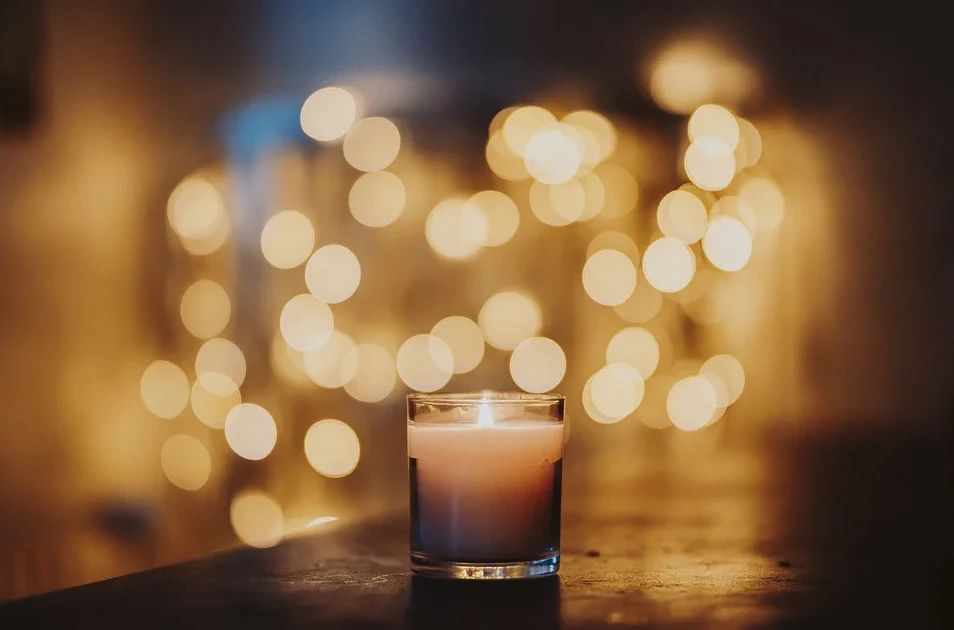
Are Fragrance Oils Safe for Candles?
Fragrance oils are synthetic scents created in a lab, while essential oils are derived from plants. This key difference affects their safety and suitability for candle making.
Fragrance oils are formulated specifically for use in candles and other products. They are blended to be safe at the evaporation point and burn temperature of a candle. Reputable fragrance oil manufacturers test for toxicity and flammability. As long as usage instructions are followed, high quality fragrance oils designed for candle making are generally considered safe.
Essential oils are highly concentrated and can contain hundreds of plant compounds. While some essential oils are safe for candles when used sparingly, many are not. Essential oils have much lower flash points than fragrance oils, making them more flammable. The National Candle Association cautions against using essential oils in candles due to safety concerns.
In summary, fragrance oils crafted for candle making tend to be safer and better suited than essential oils. When choosing a fragrance oil, look for candlesafe formulations from reputable suppliers. Follow usage instructions carefully.
Choosing Fragrance Oils
When selecting a fragrance oil for candles, there are several important factors to consider:
Flash point – The flash point is the lowest temperature at which the fragrance oil’s vapors can ignite. For candle making, it’s recommended to use fragrance oils with a flash point of at least 170°F. Oils with lower flash points can be more flammable.
Scent intensity – Fragrance oil intensity varies widely. Stronger scents like citrus or floral fragrances may only need a 4-6% addition rate. Light scents like vanilla may need 8-10% or more. Follow the manufacturer’s recommended amount.
Mixing scents – You can mix fragrance oils to create unique scents, but do so sparingly. Stick to 2-3 oils and test for scent throw and burn performance before scaling up.
Scent categories – Consider what scent profiles appeal to your target market. Floral, fruity, gourmand, aquatic, woodsy, spicy, and holiday themes are popular.
Performance – Research how well a fragrance performs in candles specifically. Oils can react differently in wax vs soap.
Reviews – Check reviews on reputable candle making sites to see what customers say about scent quality and performance.
Testing – Always sample and test oils on a small scale before fully committing to a fragrance.
By considering these factors when selecting fragrance oils, you can choose scents confidently knowing they will smell great in your candles and perform well.
Recommended Fragrance Oil Brands
When it comes to finding quality fragrance oils for candles, there are a few reputable brands that consistently get good reviews:
CandleScience (https://www.candlescience.com/) – With over 300 fragrance oils to choose from, CandleScience is a top choice amongst many candle makers. They offer high quality oils in a wide variety of scents at reasonable prices.
Nature’s Garden (https://www.naturesgardencandles.com/) – Specializing in candle making supplies, Nature’s Garden has hundreds of fragrance oils available. Their oils are concentrated and provide excellent hot and cold throw.
Bramble Berry (https://www.brambleberry.com/) – A well-known supplier in the handcrafted community, Bramble Berry has a collection of complex, sophisticated fragrance oils that perform nicely in soy candles.
Sweet Cakes (https://www.sweetcakes.com/) – Focusing on gourmand scents, Sweet Cakes offers bakery-inspired fragrance oils like Cinnamon Buns, Funnel Cake, and Caramel Latte.
When shopping for fragrance oils, look for companies that specialize in candle making supplies. Their oils are formulated for high fragrance load and excellent scent throw.
How Much Fragrance Oil to Use
When making candles with fragrance oils, it’s important to use the right amount to get optimal fragrance throw and burn performance. The ideal fragrance load for most candle waxes falls between 5-10% of the total wax weight.
For example, if you are making a candle with 10 oz. of wax, you would use 0.5 – 1 oz. of fragrance oil (5-10% of 10 oz.). Soy wax and other vegetable waxes generally require 6-8% fragrance loads for best results. Paraffin wax can handle slightly higher fragrance loads of 8-10%.
Excessive fragrance oil beyond 10% can lead to issues like fragrance burn-off, scent throwing, and surface oil. Too little oil below 5% may result in a candle with weak scent throw. Staying within the target 5-10% range allows the fragrance to properly bind with the wax for an optimally scented candle.
Some helpful fragrance load calculators are available online to determine the ideal oil amount based on your specific candle wax weight and volume. When in doubt, follow the usage recommendations provided by your fragrance oil manufacturer.
Overall, a balanced fragrance load between 5-10% will allow your homemade candles to aroma your space beautifully when burning.
Adding Fragrance Oil to Candle Wax
Properly adding fragrance oil to candle wax is crucial for getting an evenly scented candle. According to https://lonestarcandlesupply.com/dos-and-donts-of-candle-making/, you should add the fragrance oil when the wax is at the right temperature, which helps the oil bind properly to the wax. The ideal temperature is typically between 185-190 degrees Fahrenheit for soy wax.
When adding fragrance oil, do so slowly and stir continuously to fully incorporate the oil. According to https://allseasonswaxcompany.com.au/blog/fragance-oil-and-soy-candles-complete-guide, you should only add fragrance when the wax temperature is below the flash point of the fragrance, generally between 130-140 degrees Fahrenheit. Adding oil at too high of a temperature can cause the fragrance to evaporate. Stir gently to avoid creating air bubbles.
Use the proper wax-to-fragrance ratio recommended by your specific oil supplier, usually 5-10% of the wax weight. Adding too much oil can negatively impact the candle’s burn performance. Let the wax fully cool and solidify before pouring into containers or molds.
Fragrance Oils vs Essential Oils
Fragrance oils and essential oils are both scented oils used for candle making, but they have some key differences:
Fragrance oils are synthetic oils made from a blend of aroma chemicals, solvents and fixatives in order to create a specific scent. They offer a wide variety of scents at a lower cost compared to essential oils. Fragrance oils can contain phthalates and other chemicals, so some may find them irritating for skin. They also do not offer the potential therapeutic benefits of essential oils.[1]
Essential oils are natural aromatic compounds extracted from plants through methods like steam distillation or cold pressing. They capture the true scent of the plant’s flavor and aroma. Essential oils are usually more expensive than fragrance oils. They do not contain phthalates or synthetic ingredients, making them safer for skin contact. Some essential oils offer potential therapeutic benefits. However, the natural scent may fade quicker than synthetic fragrance oils.[2]
In summary, fragrance oils offer more variety and strength of scent for candlemaking, while essential oils provide natural scents that are safer for skin but may fade faster. The choice depends on personal preference, safety priorities, and budget.
Storing Fragrance Oils
Proper storage is important for preserving the quality and shelf life of fragrance oils. Here are some tips for storage:
Store fragrance oils in a cool, dry place away from light and heat. Ideal storage temperature is between 15-20°C or 59-68°F. Keep them away from sources of heat like ovens or radiators (Fragrance Oil and Flavor Oil Storage Tips and Guidelines).
Store in tightly sealed glass containers. Amber or cobalt blue bottles help protect the oils from light damage. Make sure lids are tight fitting (How Should I Store Fragrance Oil?).
Refrigeration can help extend shelf life, especially for citrus and floral fragrances. Store refrigerated oils toward the front of the fridge, not in the door (Fragrance Oil and Flavor Oil Storage Tips and Guidelines).
Keep inventory organized and label bottles with purchase date. Write the opening date on the bottle once opened. Properly stored oils can last 1-2 years, citrus 6 months.
Avoid storing fragrance oils with strong spices, herbs or essential oils as they can alter the fragrance.
Signs that an oil has expired include changes in color or consistency, diminished scent, skin irritation or failure to blend with wax.
Troubleshooting
One of the most common issues when using fragrance oils in candles is fading scent over time. This happens when the fragrance oil does not properly bind with the wax. To avoid fading scent, make sure to use the recommended usage rate for the fragrance oil and the type of wax you are using. Most fragrance oils recommend adding .5 to 1 oz of fragrance per pound of wax. Going over the recommended amount can also lead to issues with fragrance throw over time.
Another potential issue is the fragrance oil separating from the wax and seeping out of the candle. This is a sign you used too much fragrance oil. Reduce the amount to the recommended usage rate to prevent seeping. Also make sure to use the proper wax for the fragrance oil’s flashpoint. The flashpoint indicates the highest temperature the fragrance oil can withstand before evaporating. Matching the wax melting point to the flashpoint allows proper bonding.
Test your candle after pouring to catch any issues early. Check for scent throw and retention over the first few burns. This allows you to adjust the fragrance load in future batches if needed. Proper wick sizing and curing the candle can also help maximize scent throw over the life of the candle.
Conclusion
In summary, using fragrance oils in candles is safe and effective when done properly. The key takeaways are:
- Choose high quality fragrance oils made for candle making from reputable suppliers.
- Use the recommended usage rate, usually 5-10% of the wax weight.
- Add oils after the wax has cooled below 185°F to avoid burning off the scent.
- Stir thoroughly to distribute the fragrance evenly.
- Always test for scent throw and wax compatibility.
- Store tightly sealed in a cool, dark place for maximum shelf life.
- Avoid using essential oils unless you understand safe usage rates.
By following these guidelines, you can safely incorporate captivating scents into your homemade candles with fragrance oils.

